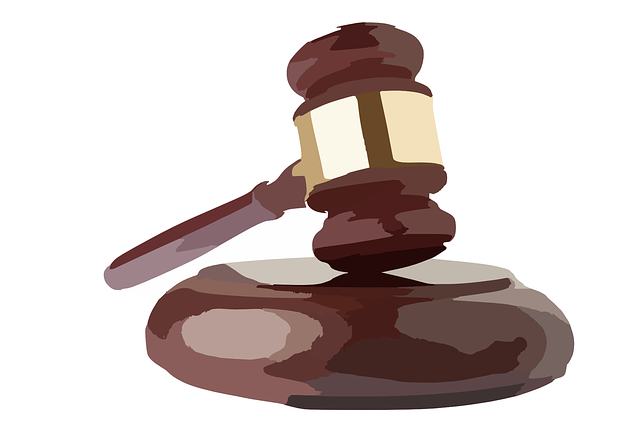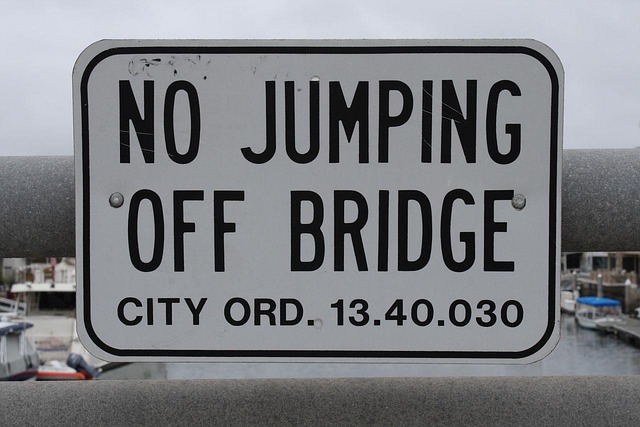Contempt of court involves willful disregard for court orders, with direct and indirect forms. Proceedings begin with identifying breaches, drafting a motion, serving it, and a hearing. Defenses include challenging willfulness, lack of jurisdiction, ignorance, and timely compliance. Effective navigation requires meticulous preparation, client relationship management, and tailored defense strategies.
Navigating contempt of court proceedings can be a complex legal landscape. This article provides an in-depth guide to understanding, initiating, and defending against contempt charges. From defining various types of contempt to exploring strategic representations, we break down essential steps and common defenses. Whether you’re a legal professional or facing personal adversity, these insights are crucial for effectively navigating the complexities of contempt of court cases.
- Understanding Contempt of Court: Definitions and Types
- Initiating Contempt Proceedings: Steps and Legal Requirements
- Common Defenses Against Contempt Charges
- Strategies for Effective Representation in Contempt Cases
Understanding Contempt of Court: Definitions and Types

Contempt of court is a legal concept that refers to the willful failure or refusal to comply with a court order or to act in accordance with judicial directions. It’s a serious matter that can have significant consequences for individuals and organizations alike. Understanding contempt of court involves grasping its various forms, which range from indirect contempt, where actions are taken or omitted that interfere with judicial proceedings, to direct contempt, involving overt acts of disobedience in the presence of the court.
The distinction between these types is crucial as it determines the appropriate legal strategy. Direct contempt is often considered more serious and carries stiffer penalties, including fines and imprisonment, because it directly challenges the authority of the court. In contrast, indirect contempt involves more subtle actions that indirectly obstruct justice, and defenses may include lack of knowledge of the order or genuine inability to comply.
Initiating Contempt Proceedings: Steps and Legal Requirements

Initiating contempt proceedings involves a deliberate, structured process designed to ensure justice and maintain court authority. The first step is to identify a clear breach of a court order, which could involve non-compliance with terms set by a judge. Once identified, the aggrieved party or their legal representative must draft and file a motion, outlining the specific contemptuous actions and their impact on the original ruling.
This motion should be supported by evidence, such as affidavits or court records, to substantiate the claims of non-compliance. The next crucial step is service of the motion upon the alleged contemnor, ensuring proper legal notification. After service, a hearing is scheduled where both parties present their cases, with the judge ultimately deciding whether the defendant is in contempt and determining an appropriate course of action, which can range from fines to imprisonment or other sanctions.
Common Defenses Against Contempt Charges

When facing contempt of court charges, individuals or entities often employ various defenses to challenge the allegations. Common strategies include arguing that there was no willful disobedience or intentional violation of a court order. Defense attorneys may present evidence demonstrating a good-faith effort to comply or explain extenuating circumstances that led to the perceived contumacy.
Another prevalent defense is asserting lack of jurisdiction, claiming that the court does not have the authority to impose such sanctions. Additionally, the defendant might plead ignorance, arguing they were unaware of the specific court order or its implications. Timely compliance, or a showing of efforts to come into conformity as soon as the alleged contumacy was brought to their attention, can also be a potent defense mechanism in contempt of court cases.
Strategies for Effective Representation in Contempt Cases

In contempt of court cases, effective representation is paramount. One key strategy involves meticulous preparation and documentation. Lawyers should thoroughly review all relevant orders, judgments, and communications from the court to ensure they fully comprehend the specific requirements and expected behaviors. This foundational step enables a targeted defense strategy tailored to the unique circumstances of each case.
Additionally, building strong relationships with clients is crucial. Open communication channels allow for the effective dissemination of legal advice and strategic updates. Empowering clients to actively participate in their defense by providing clear instructions and expectations fosters a collaborative environment. Such an approach enhances the lawyer’s ability to navigate complex contempt proceedings, ultimately advocating for the best possible outcome.
